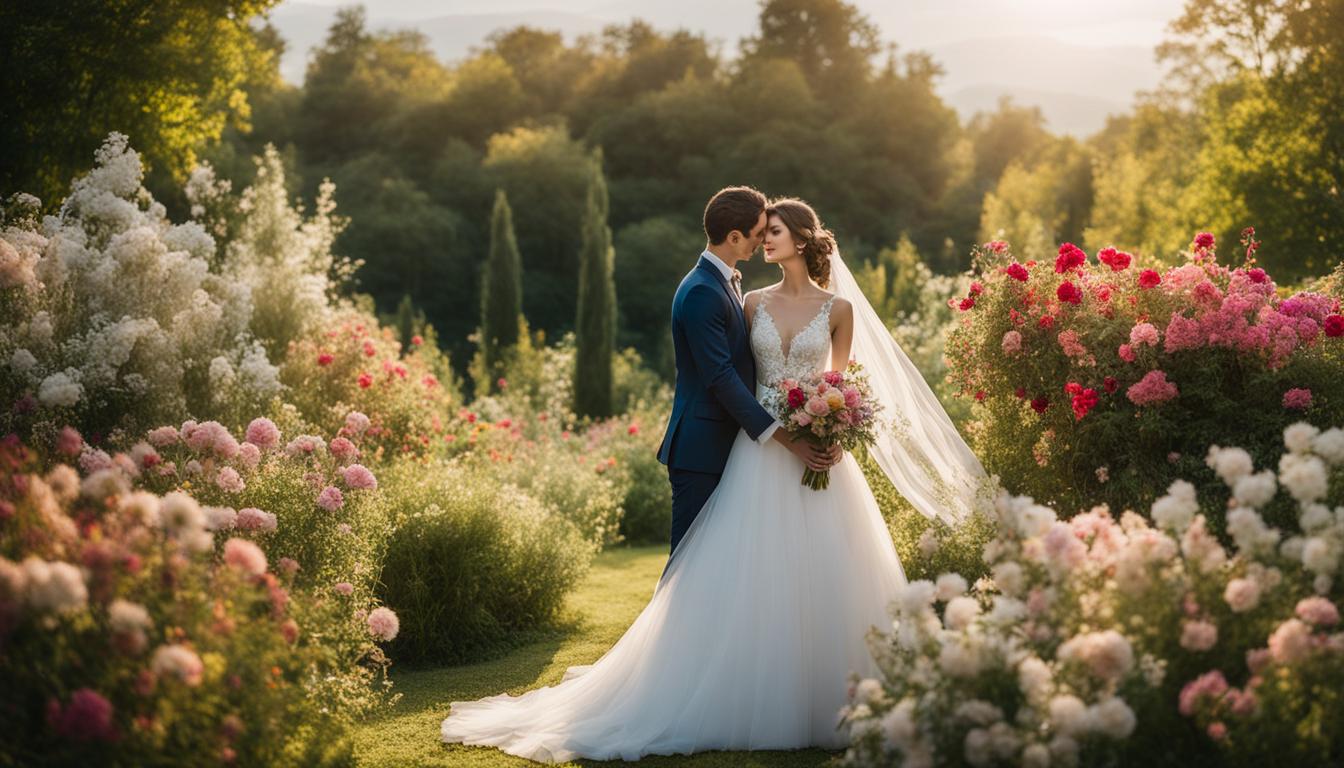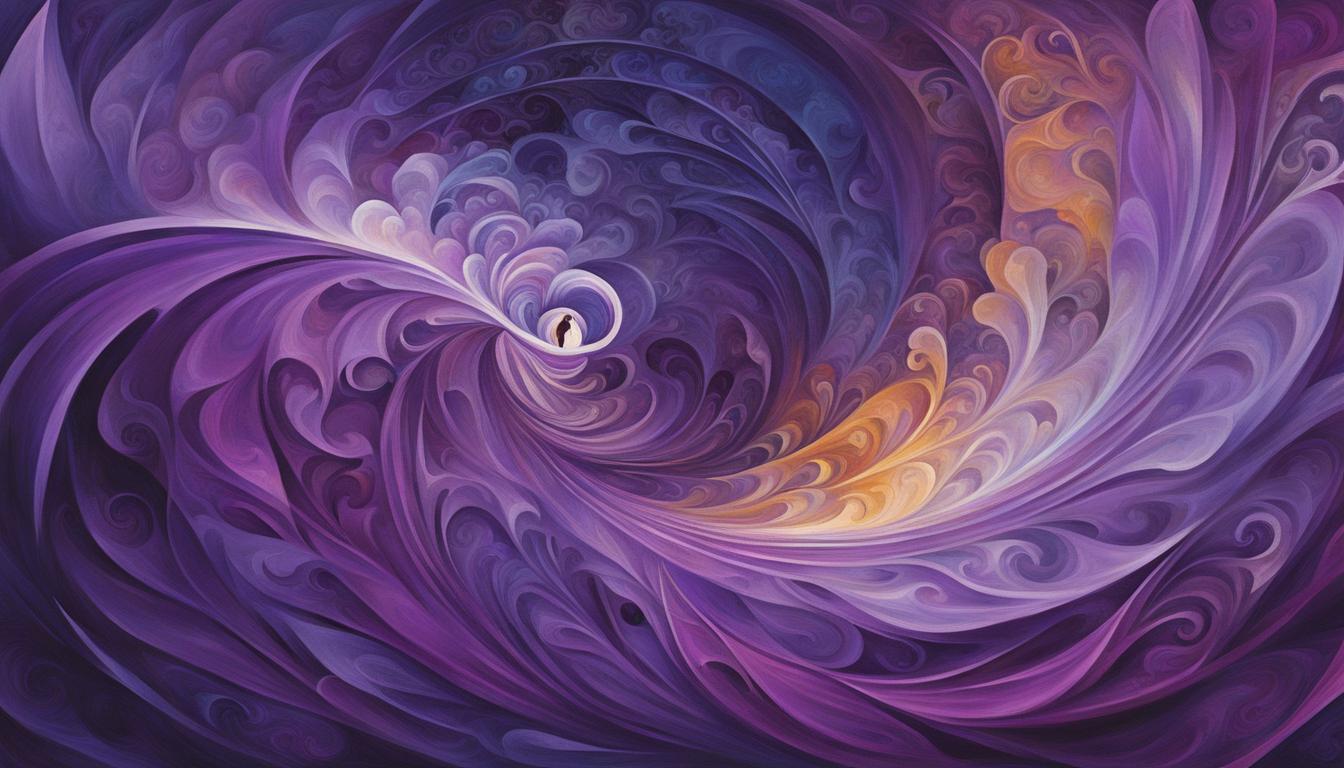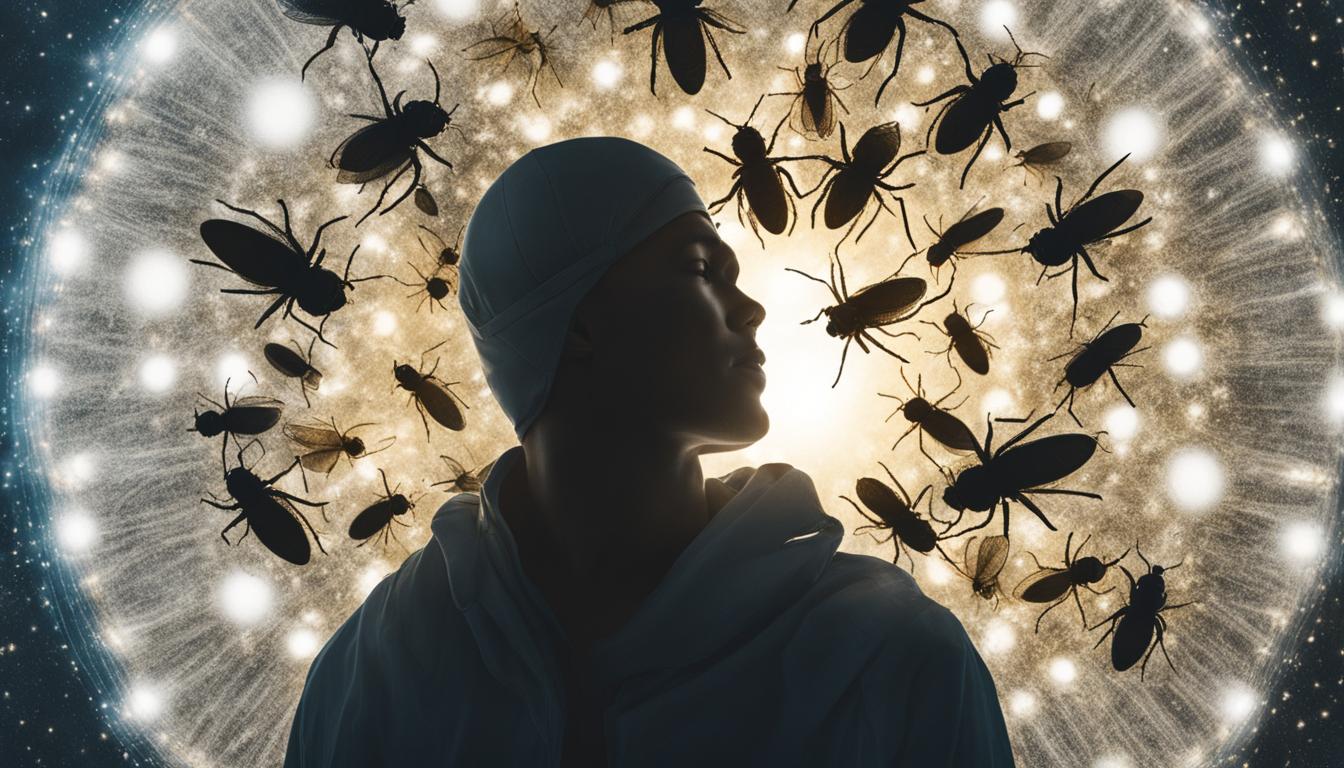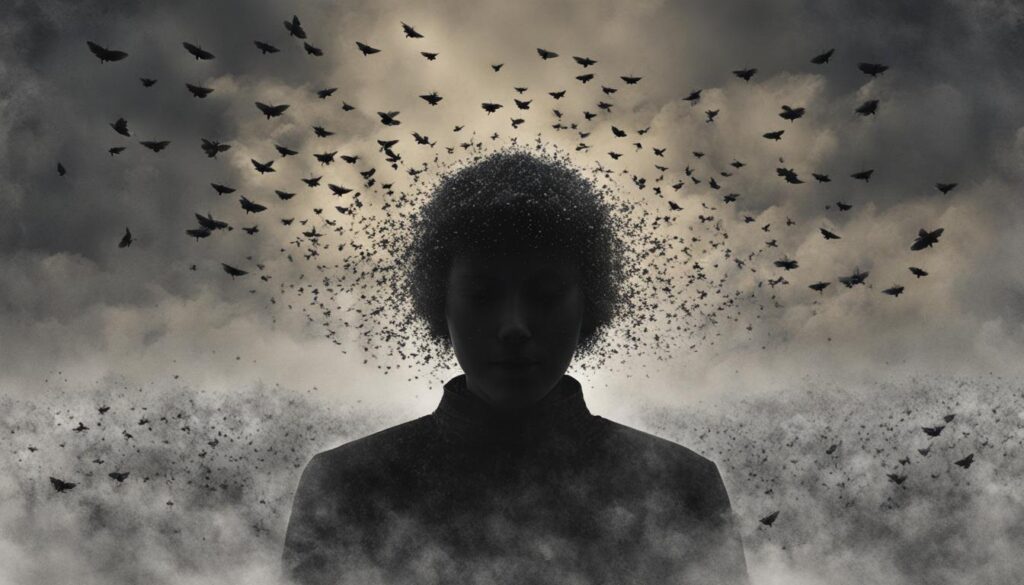Exploring the Origins of Moonstone
As one of the most captivating gemstones, moonstone has mesmerized people with its ethereal glow for centuries. This beautiful and mysterious stone is known for its iridescent sheen, reminiscent of moonlight. But where does moonstone come from, and how is it formed? In this article, we will embark on a geological journey to unearth the secrets behind the formation of moonstone.
The Geological Context
Before delving into the formation of moonstone, it is essential to understand its geological context. Moonstone is a variety of the feldspar mineral group, which also includes other well-known gemstones such as labradorite and sunstone. Feldspar is one of the most abundant minerals on Earth’s crust, making up about 60% of it. It is commonly found in igneous, metamorphic, and sedimentary rocks, and its diverse forms have different properties and appearances. The formation of moonstone is closely tied to the geological processes that shape these rocks.
One of the key factors in moonstone formation is the presence of albite, a specific variety of feldspar that is rich in sodium and aluminum. Albite is crucial in creating the captivating adularescence, or the phenomenon of light scattering within the stone, which gives moonstone its unique glow. Understanding the geological context of moonstone provides the foundation for unraveling its formation.
The Formation of Moonstone
Moonstone primarily forms in pegmatite deposits, which are igneous rocks characterized by their large crystals and high mineral concentrations. These pegmatites are usually found in association with granitic rocks and are formed from the slow cooling of magma deep within the Earth’s crust. During this process, various minerals, including feldspar and albite, crystallize and grow, leading to the formation of moonstone.
As the molten rock gradually cools and solidifies, the feldspar minerals within the pegmatite undergo a process known as exsolution. This process involves the separation of two distinct feldspar minerals, namely orthoclase and albite, which have different compositions and structures. The intergrowth of these two minerals creates the characteristic layers within moonstone that diffract light, resulting in its mesmerizing sheen.
In addition to pegmatites, moonstone can also form in metamorphic rocks through the alteration of plagioclase feldspar, creating a similar iridescence in the process. The geological conditions in these environments, such as high temperature and pressure, contribute to the development of moonstone’s unique optical properties.
The Influence of Geological Processes
Various geological processes play a significant role in shaping the formation of moonstone. The movement of tectonic plates, volcanic activity, and the exposure to hydrothermal fluids all contribute to the creation of the environments where moonstone can develop. The geological history of a specific region can determine whether moonstone deposits will be present, and the interactions between different rock types and mineral compositions are essential in facilitating moonstone formation.
Furthermore, the geological processes that occur over millions of years, such as the recrystallization of rocks under high pressure, the intrusion of magmatic fluids, and the alteration of mineral structures, all contribute to the development of moonstone. Understanding the influence of geological processes provides valuable insights into the conditions necessary for the creation of this enchanting gemstone.
The Influence of Geological Processes
Moonstone, a type of feldspar mineral, is formed under specific geological conditions. It is composed of two feldspar minerals, orthoclase and albite, which are intermingled on a microscopic scale to give moonstone its unique appearance. The formation of moonstone begins with the cooling of molten rock, also known as magma. As the magma cools, the feldspar minerals crystallize and form layers within the rock. These layers undergo a process called exsolution, where the two feldspar minerals separate from each other, creating the characteristic sheen and color play of moonstone. This exsolution process is key to the formation of moonstone and occurs over millions of years as the rock undergoes geological changes.
The Role of Pressure and Temperature
Pressure and temperature play a critical role in the formation of moonstone. The exsolution process that creates the layers of feldspar within the rock is influenced by the temperature and pressure conditions during the cooling of the molten rock. As the magma cools and solidifies, the pressure and temperature at which the minerals form and separate determine the final appearance and quality of the moonstone. For example, moonstone with a high-quality, intense blue sheen is often formed under higher pressure and temperature conditions, resulting in a more pronounced exsolution of the feldspar minerals. Understanding the specific pressure and temperature conditions required for the formation of moonstone can provide valuable insights into the geological processes that shaped the Earth’s crust over millions of years.
Exploring Geological Locations
Geological research and exploration are essential for uncovering the mysteries of moonstone formation. By studying the geological history of specific locations where moonstone is found, researchers can gain a better understanding of the conditions that led to the formation of this unique mineral. For example, moonstone is commonly found in igneous rocks such as granites and pegmatites, which are formed from the cooling of magma deep within the Earth’s crust. By analyzing the composition and structure of these rocks, geologists can identify the specific geological processes that contributed to the formation of moonstone. Additionally, field studies and geological mapping can provide valuable insights into the distribution and occurrence of moonstone in different regions, leading to a deeper understanding of its geological origins.
Implications for Geological Studies
The study of moonstone formation has broader implications for geological research and understanding the Earth’s history. By delving into the processes that created moonstone, researchers can gain insights into the geological forces and conditions that shaped the Earth’s crust over millions of years. This knowledge can be applied to various fields of geology, including the study of plate tectonics, volcanic activity, and the formation of mineral deposits. Furthermore, understanding the formation of moonstone can shed light on the broader geological history of the Earth and the complex interactions between different geological processes. Ultimately, unveiling the mysteries of moonstone formation offers a fascinating geological journey that contributes to our understanding of the Earth’s dynamic and ever-changing landscape.
Moonstone Formation: A Complex Process
The formation of moonstone is a fascinating geological process that has puzzled scientists for centuries. This iridescent gemstone is a type of feldspar mineral known as orthoclase, and its unique shimmering appearance is caused by the scattering of light as it enters the stone. Moonstone is typically found in igneous and metamorphic rocks, and its formation involves a complex interplay of geological processes that span millions of years.
Moonstone begins its journey as magma deep within the Earth’s crust. As the magma cools and solidifies, it undergoes a process known as crystallization, during which the orthoclase mineral forms within the rock. Over time, geological forces such as tectonic activity and erosion can bring these moonstone-bearing rocks to the surface, where they are exposed to the elements. This exposure can lead to the alteration of the mineral structure, resulting in the formation of moonstone’s characteristic sheen.
Factors Affecting Moonstone Formation
The formation of moonstone is influenced by a variety of factors, including the chemical composition of the original magma, the presence of other minerals within the rock, and the geological processes that the stone undergoes over time. The presence of certain trace elements, such as potassium, aluminum, and silica, can affect the color and iridescence of moonstone, giving rise to its distinctive blue, white, and peach hues. Additionally, the presence of schiller, or the sheen that gives moonstone its shimmering appearance, is a result of the intergrowth of two types of feldspar within the mineral structure.
The geological processes that moonstone-bearing rocks undergo also play a crucial role in the formation of moonstone. Tectonic activity, such as the movement of Earth’s tectonic plates, can subject the rocks to immense pressure and temperature, leading to the creation of metamorphic moonstone. Likewise, the process of weathering and erosion can expose the moonstone-bearing rocks to the elements, altering the mineral structure and giving rise to the formation of moonstone’s characteristic sheen.
Unveiling the Mysteries of Moonstone Formation
Despite the remarkable progress that has been made in understanding the formation of moonstone, many mysteries still remain. Scientists continue to study the complex interplay of geological processes that give rise to moonstone, seeking to unravel the precise conditions that lead to the formation of this enigmatic gemstone. By analyzing the chemical composition and mineral structure of moonstone-bearing rocks, researchers hope to gain insight into the specific geological conditions that are conducive to the formation of moonstone.
One avenue of research that holds promise in unveiling the mysteries of moonstone formation is the use of advanced analytical techniques such as electron microprobe analysis and X-ray diffraction. These methods allow scientists to examine the composition and structure of moonstone at the atomic level, providing invaluable data on the conditions under which the gemstone formed. By combining these analytical techniques with field studies of moonstone-bearing rock formations, researchers can gain a comprehensive understanding of the geological processes at play in the formation of moonstone.
Conclusion
In conclusion, the formation of moonstone is a complex and fascinating geological process that spans millions of years. From the crystallization of orthoclase mineral within magma to the exposure of moonstone-bearing rocks to tectonic activity and weathering, the formation of moonstone is influenced by a myriad of geological factors. While much progress has been made in understanding the formation of moonstone, there are still many mysteries to be unveiled. Through the ongoing efforts of scientists and researchers, we can hope to gain a deeper understanding of the conditions and processes that give rise to this mesmerizing gemstone. As the field of geology continues to advance, so too will our understanding of the mysteries of moonstone formation.








